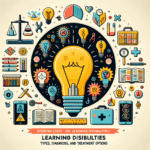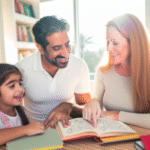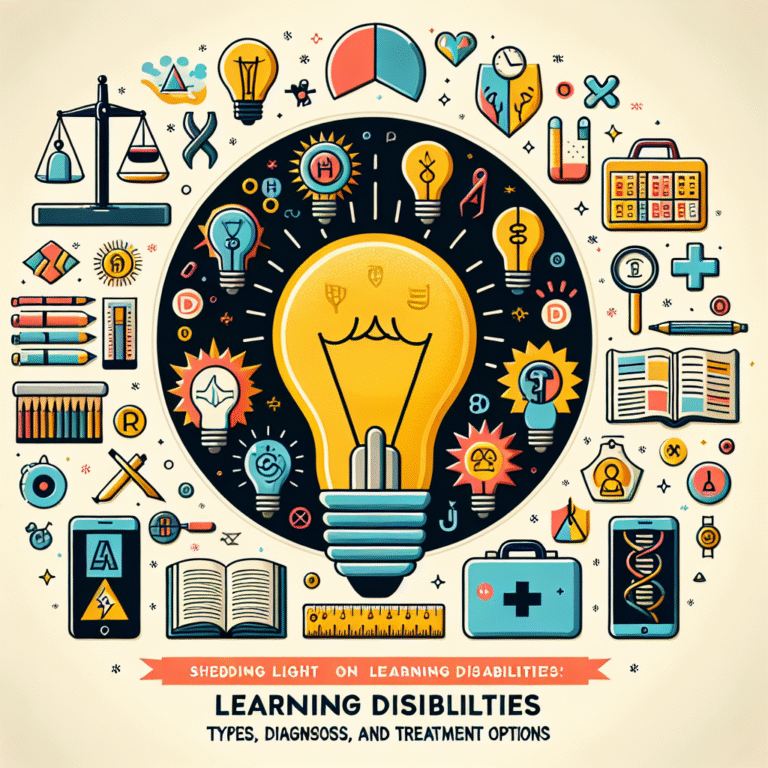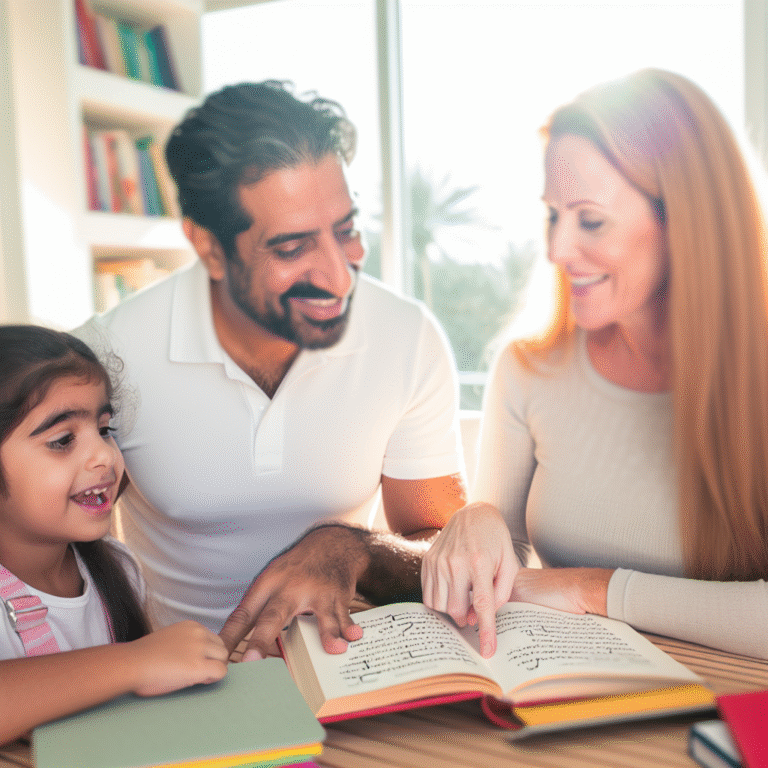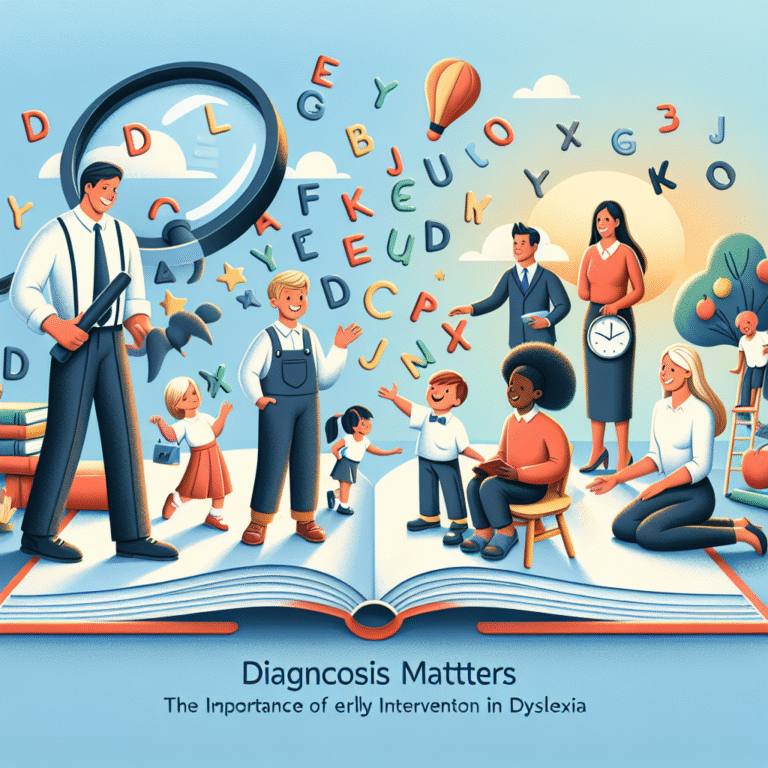
Building Confidence: How to Foster a Love for Reading in Dyslexic Students – The Ultimate Guide
Introduction
Imagine a world where every child, regardless of their learning differences, finds joy in reading. For dyslexic students, however, this often remains a distant dream. Dyslexia affects approximately 1 in 5 people, making it one of the most common learning differences. Unfortunately, the struggles associated with reading can lead to a lack of confidence, creating a negative feedback loop where the fear of failure discourages students from engaging with books at all. In this comprehensive guide, we will explore effective strategies for educators, parents, and caregivers to build confidence and foster a love for reading in dyslexic students, ensuring that every child has the opportunity to become a passionate reader.
In our journey today, we will delve into various aspects of fostering reading love, including practical methodologies, real-world applications through case studies, and actionable takeaways. Together, we can illuminate pathways for dyslexic students to embrace reading with enthusiasm and confidence.
Understanding Dyslexia and Its Impact on Reading
What is Dyslexia?
Dyslexia is a specific learning difference characterized by difficulties with accurate or fluent word recognition and by poor spelling and decoding abilities. This often translates into significant challenges when it comes to reading.
The Psychological Impact of Dyslexia
It’s crucial to recognize the emotional toll dyslexia can take on a child. Feelings of frustration, embarrassment, and inadequacy are common among dyslexic students. Thus, the first step in building confidence is to create a safe, affirming learning environment where these emotions are acknowledged and addressed.
Table: Emotional Impact of Dyslexia
| Emotional Response | Description |
|---|---|
| Frustration | Often due to repeated challenges |
| Embarrassment | Surface during reading activities |
| Low self-esteem | Frequently rooted in academic struggles |
Creating an Inclusive Reading Environment
Celebrate Effort, Not Just Results
Creating an inclusive reading environment requires a shift in focus from traditional metrics of success to celebrating effort. For dyslexic students, every attempt to read should be recognized and encouraged, making them feel valued for their hard work rather than their output.
Foster Positive Peer Interactions
Peer support can bolster confidence. Group reading sessions or buddy reading programs can connect dyslexic students with their peers in a non-threatening way, helping them see reading as a communal activity.
Case Study: The Reading Buddies Program
In a local community, a school initiated a "Reading Buddies" program where younger students paired with dyslexic students to read together. This initiative not only improved reading comprehension for the dyslexic students but also enhanced their self-esteem, as they became mentors in their own right. Their enthusiasm for books increased dramatically, showcasing how peer relationships can aid in building confidence.
Employing Multi-Sensory Learning Approaches
Understanding Multi-Sensory Techniques
Multi-sensory learning employs various senses—visual, auditory, and tactile—creating a richer educational experience for dyslexic students. Techniques such as using colored overlays, audiobooks, and interactive reading apps redefine how students engage with texts.
Real-Life Example: Orton-Gillingham Approach
The Orton-Gillingham approach is a well-known method that utilizes multi-sensory strategies. One particular case involved a second-grade student named Alex, who struggled with reading fluency and felt disheartened. By integrating visual aids and phonics through this method, Alex’s reading skills improved significantly, leading to heightened confidence and a newfound enthusiasm for exploring books.
Chart: Multi-Sensory Strategies Impact on Reading
| Strategy | Effect on Reading Ability |
|---|---|
| Colored Overlays | Improved focus and visibility |
| Audiobooks | Enhanced comprehension |
| Tactile learning materials | Increased engagement |
Cultivating a Diverse Reading Curriculum
Include Varied Genres
Offering a diverse array of texts caters to the varied interests and reading levels of dyslexic students. From graphic novels to non-fiction, exposing students to different genres can spark their interest and love for reading.
Case Study: Genre Exploration Workshops
A school organized workshops where students could explore different genres. One dyslexic student, Mia, discovered her passion for graphic novels. These sessions not only improved her reading skills but also redefined her perception of reading as a source of joy, helping her thrive academically.
The Role of Audiobooks and Technology
The integration of modern technology can be a game changer. Audiobooks allow dyslexic students to experience literature without the hurdles of decoding, fostering engagement and enjoyment.
Recommendations for Using Technology
- Use Audiobook Platforms: Websites like Learning Ally, Audible, and OverDrive provide extensive collections that can be leveraged for academic and pleasure reading.
- Interactive Apps: Applications designed for dyslexic learners can reinforce vocabulary and comprehension in an engaging manner.
Encouraging Personal Choice in Reading Material
Empowering Student Choice
Allowing students to choose their reading material can transform their relationship with reading. When dyslexic students select texts that resonate with them personally, the likelihood of continued engagement increases.
Case Study: Independent Reading Projects
In a pilot program where students chose their reading projects, a dyslexic student named Jason selected a book about space exploration. His excitement led him to not only read the book but also present a project, significantly improving his confidence and motivation toward reading.
Strategies for Parents and Educators
Create a Reading-Rich Environment at Home
Encouraging reading at home doesn’t require extensive measures. Simple practices such as having a dedicated reading time, providing a diversity of texts, and modeling reading behaviors can greatly influence a child’s attitude toward reading.
Commitment to Continued Communication
Engagement between parents and educators is vital. Regular check-ins can help in tailoring strategies to meet the child’s needs effectively. Moreover, feedback loops enable teachers to share successes and challenges, fostering a collaborative effort.
FAQs
What are early signs of dyslexia?
- Early signs include difficulty recognizing letters, rhyming, and remembering familiar words.
How can I help my dyslexic child at home?
- Create a positive reading environment, engage with audiobooks, and celebrate their efforts.
Are there specific tools or programs recommended for dyslexic students?
- Yes, methods like Orton-Gillingham and tools like audiobooks and interactive apps specifically designed for dyslexia can help.
How do I know if a book is suitable for my dyslexic child?
- Look for texts with clear, large fonts, wide spacing, and images or illustrations that complement the reading.
What role do schools play in supporting reading for dyslexic students?
- Schools should provide individualized support, employ multi-sensory teaching methods, and create inclusive reading cultures.
- Can dyslexic students enjoy reading as much as their peers?
- Absolutely! With appropriate support and strategies, dyslexic students can develop a love for reading and enjoy the exploration of literature.
Conclusion
Building confidence: How to foster a love for reading in dyslexic students is a multifaceted endeavor that requires effort from educators, parents, and the community. By embracing emotional understanding, employing effective teaching methods, and fostering personal choice, we can create a nurturing environment where dyslexic students not only thrive academically but also discover the joy and magic that reading can bring.
As we conclude this guide, remember that the journey to foster a love for reading in dyslexic students is ongoing. Every small step—each book choice, each positive interaction, and each moment of encouragement—adds up to create a foundation where students can flourish. Let us commit to building a world where every child can confidently turn the page to new adventures that words provide.

